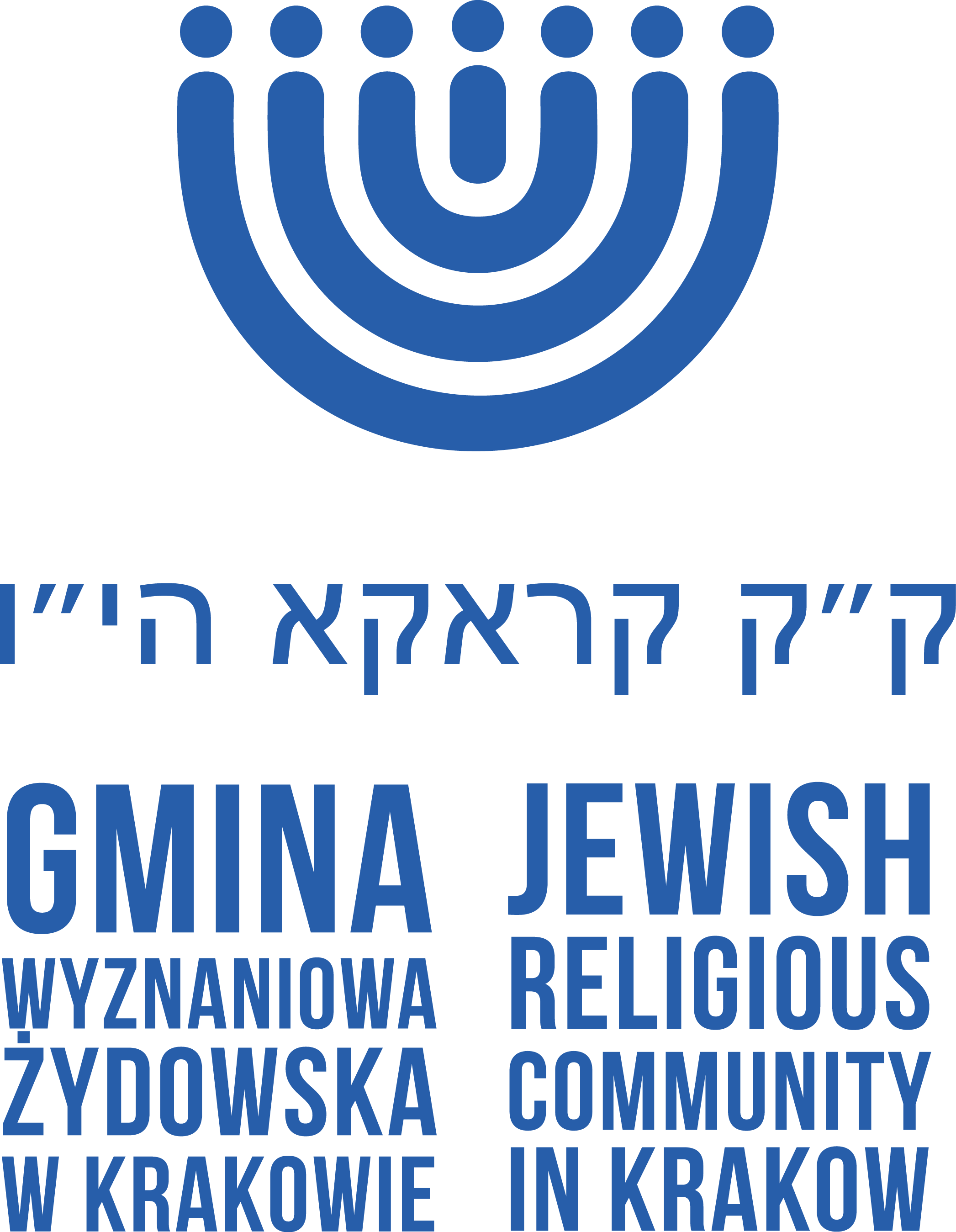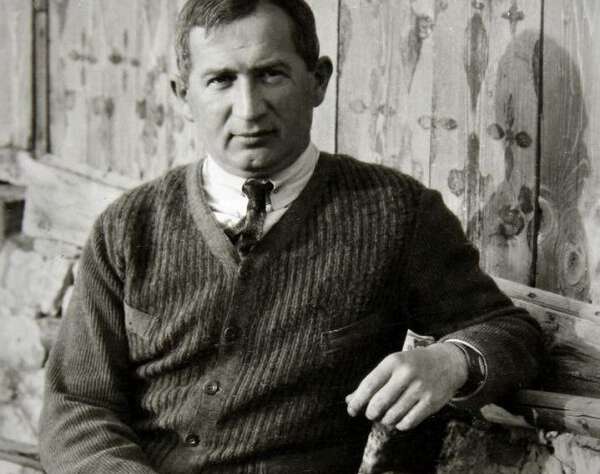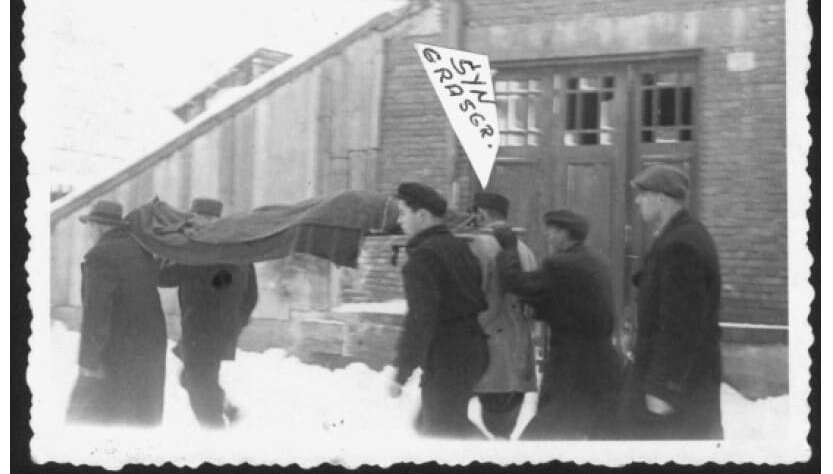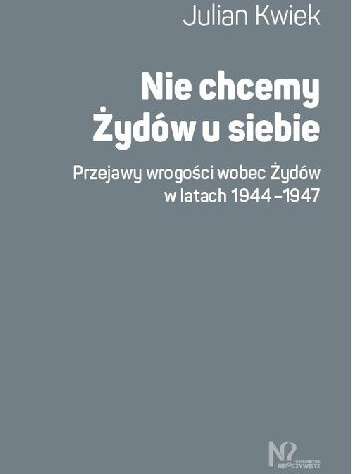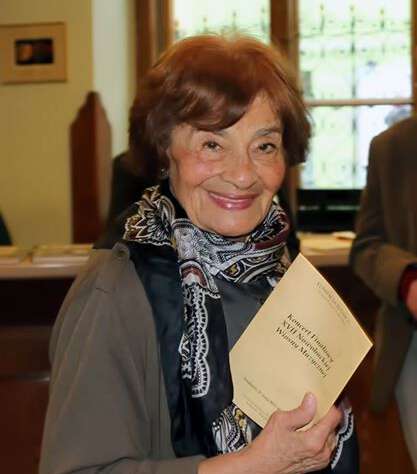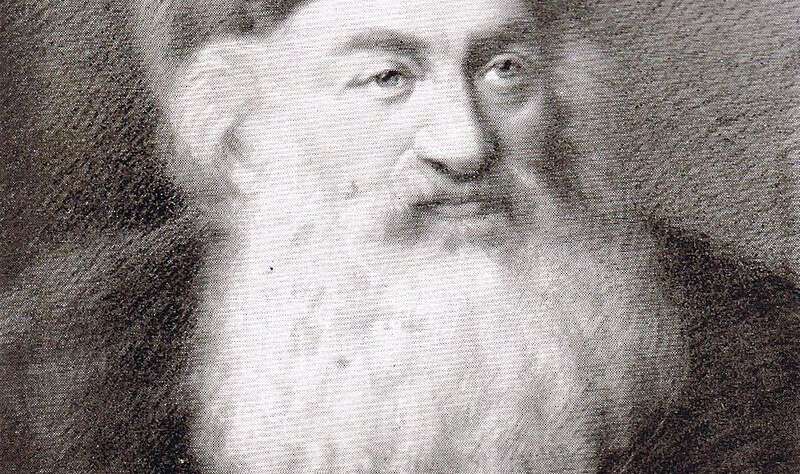28 th February marks the death anniversary of Józef Oppenheim (1887-1946). Murdered in 1946, Oppnheim was the Head of the Tatra Mountain Ambulance Service. His wife, Wanda, was an eye witness of this disgraceful event. According to her testimony, on 25th February someone knocked on their door and asked about ”the Head of the Tatra Mountain Ambulance”. After being refused the entry, they came back 4 days later, on 28th February. Oppenheim let the people in. They ordered him to lift his hands up, saying ”We are from Home Army. We know your beliefs and we know you are the Head of the Tatra Mountain Ambuance Service”. When Oppenheim was trying to close the door, he was shot dead by Karol Lasak. Following this event, Tadeusz Murańka…
Dawid Grassgrün, one of the first Jews who returned to Nowy Targ after WWII, was murdered on 10th February 1946. Right after his return, he made a lot of effort to rebuild the Jewish life in the city. As a representative of the Jewish Religious Community in Nowy Targ, he signed death certificates. He advocated for the synagogue which was turned into a cinema in December 1940, to be given back to the Jews. According to Grassgrün’s daughter, it was his effort to get the synagogue back that caused his death. In May 1946, Dawid Grassgrün’s son Samuel sold his father’s wooden house. No one has been charged with the murder. Based on: K. Panz, „Dlaczego oni, którzy tyle przecierpieli i przetrzymali, musieli zginąć”. Żydowskie ofiary zbrojnej…
On 9th February 1944, Tarnów was announced a ”Jew-free city” by the Germans. A city once inhabited by 25,000 citizens (1939), became non-existent. The German army invaded Tarnów on 7th September 1939. Soon after that, in November 1939, all synagogues and prayer homes were either burnt down or blasted. A cordoned off ghetto for 40,000 Jews was set up on 19th June 1942. The ghetto liquidation was a 5-step process: Approximately 8,000 Jews were transported from Tarnów to the Bełżec camp between 11th-18th June 1942. All people unfit to travel (the elderly, the ill, the handicapped and mothers with small children), a total of between 8,000 – 10,000, were murdered in the Buczyna forest near Zbylitowska Góra and in the forests of Skrzyszow. This operation cost…
Stella Müller-Madej, the daughter of Zygmunt and Berta, neé Bleiweis, was born on 5th February 1930 in Cracow, in a well-off, assymilated family. One of Oscar Schindler’s survivors, the author of a harrowing memoir „Oczami dziecka” (Cracow, 1991) / („A girl from the Schindler’s list”) translated into nine languages. In 1941, Müller-Madej got to Cracow’s ghetto, followed by a camp in Płaszów afterwards. She was transported to KL Auschwitz in 1944, where, as a Jewish woman, was sentenced to death. However, thanks to her uncle’s intercession, Müller-Madej was added to the so-called ”Schindler’s list”. Together with other prisoners from the list, she was transported to the Brunnlitz factory in Morawy where she lived to see the liberation day in 1945. In the USA, Müller-Madej’s memoir describing the…
On January 31st 1946, Jakub Künstlich, a Tarnów resident, was killed on a road between Jadowniki Mokre and Radłów (Cracow voivoidship). The most probable cause of his death was a property dispute about a homestead/a farm (3 morgens) in Jadowniki Mokre which was the victim’s property. According to the findings of the Security Office, the culprits were Józef Urban and Karol Boksa, the members of Roman Horodyński’s („Jastrząb”) division. These findigs, however, sparked doubts. Less than two months later, on 26th March, Dora Künstlich, Jakub’s wife passed away in a hospital in Cracow. She had been shot on 6th February in her own flat by an unidentified person. Julian Kwiek, Nie chcemy Żydów u siebie. Przejawy wrogości wobec Żydów w latach 1944-1947, Warszawa 2021, s. 446, 466.
Born on 27th December 1951 in Krakow, Henryk Halkowski, son of Salomon, was a publicist specialising in the history of the Krakow district of Kazimierz. A long-time member of the Jewish Religious Community in Krakow. Henryk Halkowski was a graduate of the Faculty of Architecture at the Krakow University of Technology as well as Philosophy at the Jagiellonian University. A passionate world traveller who lived in a kibbutz for some time. Henryk Halkowski’s intellectual legacy includes works like: Legendy z Żydowskiego Miasta na Kazimierzu pod Krakowem (Legends of the Jewish City in Kazimierz near Krakow), Opowieści rabina Nachmana z Bracławia (Stories of rabbi Nachman from Braclaw), Potęga obyczaju (The Power of Tradition), Żydowskie życie (The Jewish Life), Żydzi w Krakowie (Jews in Krakow), 700 lat historii…
Helena Rubinstein, called the Empress of Beauty by Jean Cocteau, a multimillionaire and a feminine symbol, was born on 25th December 1872 in Krakow. Helena was the eldest daughter of Gitel and Herzl Rubinstein, who lived together with their extensive family at Szeroka 14/ 4. Their low social status and level of life were a source of embarrassment for Helena. She dreamt of a different life, thus at the age of 17, she left Krakow and vowed never to come back there again..Helena Rubinstein achieved an incredible global success. She can be called the mother of modern make-up products. At the time of her death, her net worth was approx.$100 mln.She was a muse for the top artists of her times. Helena Rubinstein was painted by Pablo…
Born on 22nd December 1926 in Podwołczyska near Tarnopol, Janina Ruth Buczyńska was a lawyer and a social activist, closely related to artistic and academic groups in Krakow. She recalled WWII as most Jews who survived it, namely as a horrific ordeal. After WWII, she found herself in Krakow where she graduated from the Faculty of Law at the Jagiellonian University. Throughout her life Janina Ruth Buczyńska was closely connected with Piwnica pod Baranami. Her written works were published in the Krakow edition of ”Przekrój” . She was always willing to offer legal advice to the opposition activists. Moreover, Janina Ruth Buczyńska was an active supporter of the Centre of the Jewish Culture in Krakow (Centrum Kultury Żydowskiej). Stanisław J. Jaźwiec recalls Ruth Buczyńska as a truly…
Born on 19th December 1820 in Pressburg (modern-day Bratislava), Szymon Schreiber was a rabbi of the Jewish Religious Community in Krakow. He held this position between 1861–1883. Schreiber was one of the first orthodox rabbis who took an active part in political life by co-founding an orthodx political party called Machzikej ha-Dat. As the party representative, he received a parliamentary seat at the Viennese Imperial Council and joined the Polish Party (Koło Polskie). Despite this, he was an avid opponent of the Polonisation process of the Jewish intelligence who, at that time, would eagerly join the University. Instead, he wanted to set up a yeshiva in Krakow which would focus the youth more on religion. He opposed the construction of the Tempel Reform Synagogue.Szymon Schreiber died on…
Born on 12th December 1880 in Krakow, Józef Kornitzer was the second last pre-war rabbi of the Jewish Religious Community in Krakow. He held this position between 1925–1933. A Pressburg (modern-day Bratislava) yeshiva graduate who worked as a rabbi in Wynohradiw, Czechoslovakia. In 1927, Polish president, Ignacy Mościcki visited the Old Synagogue. Józef Kornitzer was a grandson of Szymon Schreiber, a well-known Krakow rabbi (1861-1883). His own son, rabbi Samuel Kornitzer who acted a dayan, was murdered in Auschwitz.Józef Kornitzer died on 28th April 1933 in Krakow and was buried at the Jewish Cemetery at Miodowa 55.
